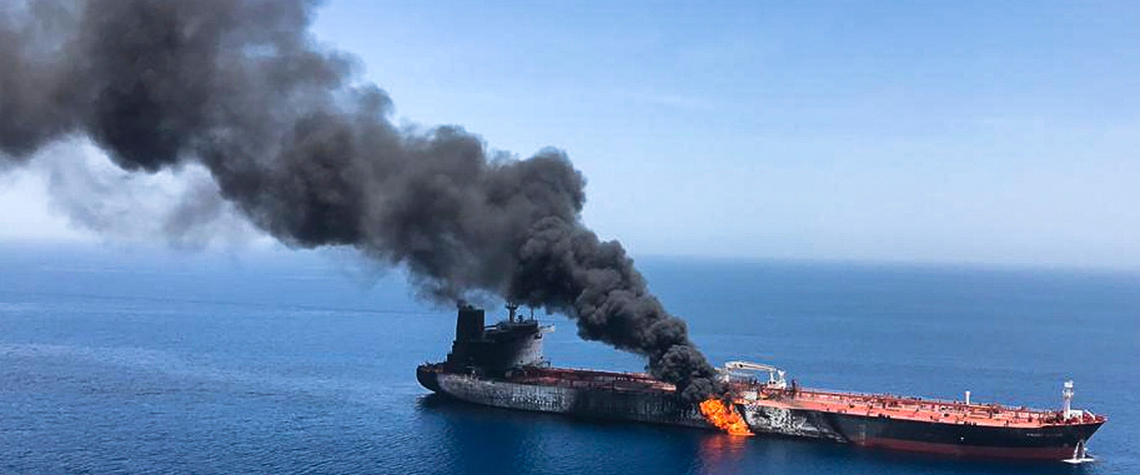Tankers improvise to avoid Gulf tensions
Tankers are crossing sea-lanes and hugging the coasts to avoid high-risk areas in the Strait of Hormuz
About 20pc of the world's oil passes through the Strait of Hormuz, 21 miles wide at its narrowest point, and tanker owners are trying ingenious—or reckless, depending on your point of view—ways of navigating through it. Intertanko, representing the world's independent tanker operators, has issued rigorous advisory guidelines to cope with possible attacks. Operators are advised to post additional lookouts with night-vision binoculars, backed by searchlights, to watch for attackers after a string of mine and missile strikes in recent months. The guide, issued in July, advises tankers in the Strait of Hormuz to consider transiting at full speed, advice given this week by Norway to its flag-carr

Also in this section
24 December 2025
As activity in the US Gulf has stagnated at a lower level, the government is taking steps to encourage fresh exploration and bolster field development work
23 December 2025
The new government has brought stability and security to the country, with the door now open to international investment
23 December 2025
A third wave of LNG supply is coming, and with it a likely oversupply of the fuel by 2028
22 December 2025
Weakening climate resolve in the developed world and rapidly growing demand in developing countries means peak oil is still a long way away







